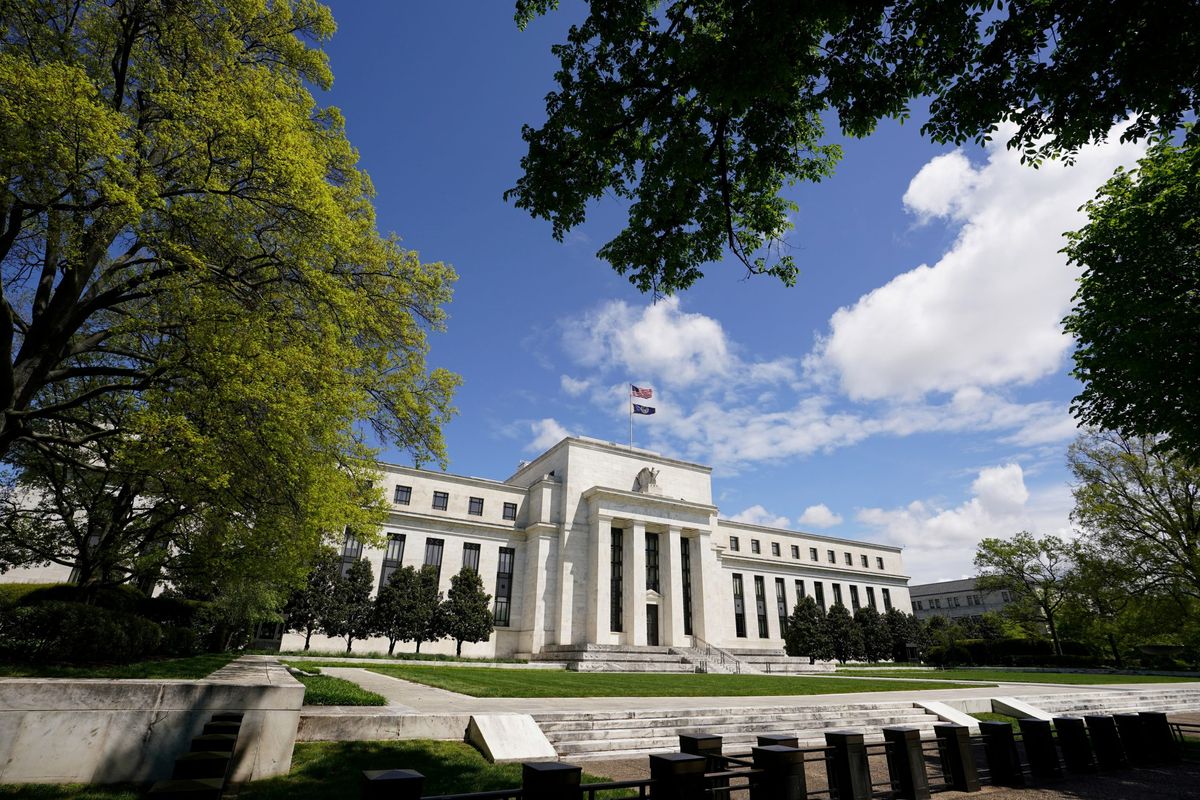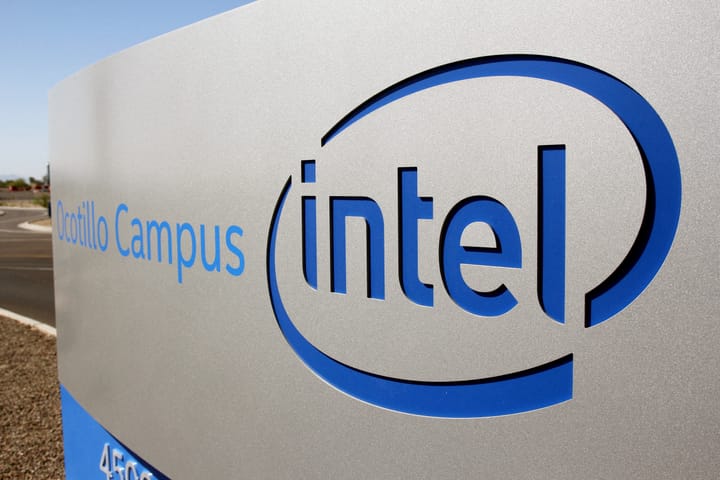What you need to know about all the bills in US Congress right now

A few minutes every morning is all you need.
Stay up to date on the world's Headlines and Human Stories. It's fun, it's factual, it's fluff-free.
But on September 30, Congress passed what’s called a continuing resolution, which is a short term way of funding the government until more negotiations can take place.
What are the main parts?
- There are really four moving parts.
- The first part is a massive expansion of the social safety net and climate policy bill. The cost of this one is being negotiated, but Democrats are passing it through a process called reconciliation, which just means it can pass solely with Democratic support.
- The second part is President Biden’s infrastructure bill. It’s going to cost around US$1 trillion and has solid bipartisan support in the Senate.
- The third part is the debt ceiling increase, which is to set up some new ways of paying for old debt so that the government doesn’t default on those previous loans.
- The fourth part is a budget plan which, in theory, should fund the United States government until after the 2022 midterm elections.
- It is important to note that all of these aren’t necessarily four different bills, but rather four different things that are being included in bills. Some of them are being tacked together, while others are entirely separate.
What’s going on with the social safety net and climate policy part?
- The social safety net side of this piece of the puzzle primarily expands existing government programs, or sometimes referred to as “soft infrastructure."
- It would do things like increase child care assistance, make two years of community college free and give tax credits for people in elder-care programs.
- As for climate policy, the most significant of which includes a proposal to push the US government to adopt electric-only vehicles in the coming years.
- The price of this isn’t set in stone yet, but the original proposal from the Biden administration was US$3.5 trillion over 10 years.
- But it’s looking more and more likely that it’s going to be much less than that so that it gets the votes it needs to pass.
What’s going on with the infrastructure plan part?
- The infrastructure plan, which is the other piece of legislation, which focuses on “hard" infrastructure, is a total expansion of roads and bridges and things like broadband internet in rural areas.
- This bill has bipartisan support. But, it’s facing some challenges.
- The more liberal Democrats in the House have pretty much said that they aren’t willing to pass the infrastructure bill until after they pass the social safety net and climate policy part first.
- This is because the social safety net and climate policy piece doesn’t have as much support as this infrastructure part and so is bound to run into political road bumps. The idea is that by passing the bill with less support first, the more difficult one is out of the way.
- The issue is that since the details of the social safety net and climate policy bill are still being negotiated, the infrastructure bill is also on hold.
- So, long story short, until that part of the infrastructure plan passes, the second part won’t.
What about the budget plan?
- Normally, Congress needs to pass an appropriations bill, which is basically approval for the entire federal budget to be spent by the The Department of the Treasury.
- If this bill doesn’t pass by the deadline – which was originally October 1 – it will trigger a government shutdown.
- Nonessential government workers wouldn’t get paid, social security payments would stop going out and people’s taxes would stop getting processed.
- But on September 30, Congress passed what’s called a continuing resolution, which is a short term way of funding the government until more negotiations can take place.
- “The passage of this bill reminds us that bipartisan work is possible and it gives us time to pass longer-term funding to keep our government running and delivering for the American people,” said a White House statement.
- This continuing resolution runs out on December 3 of this year.
And the debt limit?
- You may have heard of the deficit, which is the amount of money the US government has to borrow to pay employee salaries, public services, undertake government projects and more.
- And so, to make sure the deficit is kept within check, there’s the debt limit, which prevents the government from borrowing money more than Congress approves just to keep debt in check. Right now, debt is at US$28 trillion.
- Democrats were planning on including the raising of the debt ceiling to the federal budget, but Republicans said they wouldn’t vote for a federal budget that includes a debt ceiling raise and that Democrats would have to pass such a raise on their own.
- This caused a lot of issues for Democrats, so they instead passed what’s called a continuing resolution, which provides temporary funding for the government through the beginning of December.
- Raising the debt ceiling wasn’t included in the continuing resolution, and it’s unclear exactly how Democrats are going to try and pass the debt ceiling raise in the roughly two-week time frame given until the government runs out of money, according to the Treasury Secretary.
What’s next?
- The long and short of it is that no one really knows.
- Once negotiations are finalized on the reconciliation bill, the chances of that passing along with the infrastructure bill will be a lot clearer.
- The budget will be something worked on in late November, but a debt ceiling raise will have to happen before then, and no one really knows how Democrats will get that to happen.
- Speaking to TMS, Weston Wamp, the founder and president of the Millennial Debt Foundation, an advocacy group focusing on reducing the US deficit, “The debt ceiling will be raised because the consequences of not raising it would be catastrophic. There would be an immediate loss of confidence in the creditworthiness of America.”
- As for how this affects the global economy, Wamp said that he thinks the impact will be minimal. “As long as we make our interest payments, I would not expect markets to be affected by the intraparty or interparty negotiations on Capitol Hill.”
You drive the stories at TMS. DM us which headline you want us to explain, or email us.







Comments ()